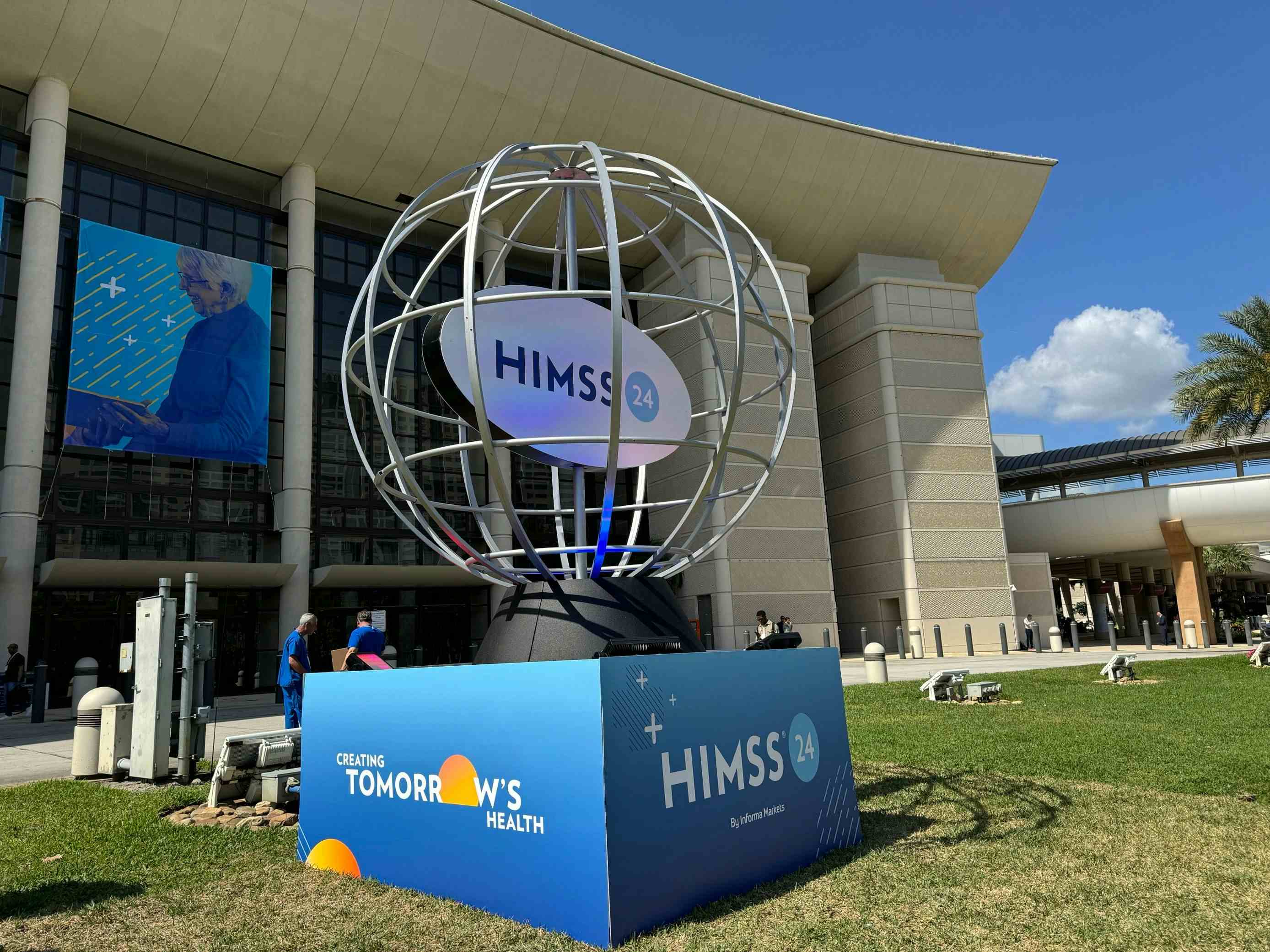In Cleveland, Health Tech Brings Hopes of Economic, Human Development
Economic development officials believe that if Cleveland can grow its health technology sector, it will also get the opportunity to combat health disparities.

The City of Cleveland is already known as a healthcare hub, but local economic development officials believe the city’s history and workforce make it uniquely qualified to be a healthcare technology leader in the era of big data.
That case is outlined in a new report by Cleveland State University’s Maxine Goodman Levin College of Urban Affairs. The study, titled “The Healing Economy: An Economic Development Framework for Cleveland,” notes that the city has the densest health science labor market in the country, with 14.5% of the region’s workforce employed in high-skilled healthcare delivery.
On top of that, more than one-third (36.2%) of healthcare and social assistance jobs in Cuyahoga County were in the region’s Health Tech Corridor.
Stephen McHale, a co-founder of the Cleveland-based healthcare analytics firm Explorys, told Healthcare Analytics News™ that the city is well-positioned to grow its reputation in the tech space. “I don’t know how well it’s recognized, but to us anyway we feel we have a great strength and a great concentration of intellectual capital, and we think we’ll continue to grow,” he said.
IBM bought Explorys in 2015, a move that gave the IBM Watson artificial intelligence platform access to Explorys’ massive cache of healthcare data.
And unlike many big-name acquisitions that result in job cuts, McHale said the Explorys-IBM deal is having the opposite effect.
“We’re not just keeping the jobs that started with Explorys, but we’re growing,” he said. “There’s a commitment to growing jobs in the IT space.”
What makes the Cleveland story unique is the intention to use the health tech economic development opportunity not just to grow jobs, but also to address the region’s health disparities.
The Cleveland State report argues that in addition to “tangible capital”—physical infrastructure—a city’s economic health is also determined by “intangible capital.” The latter comes in a couple of forms. The first is knowledge production, which is fueled by education and research and development. The second form is maximizing human potential. One of the main ways that human potential is lost is through healthcare disparities, the report notes.
The researchers note that 20.7% of Cleveland adults have a physical or mental disability, far higher than the 12.6% rate in the Cuyahoga County suburbs and in the country as a whole. If the city can leverage its health-tech infrastructure and employ population health management to improve the health outcomes of the city’s residents, it will boost both the tangible and intangible capital of the region and also create a model for other cities to combat health disparities.
Jim Russell, a research consultant at Cleveland State’s Center for Population Dynamics and a co-author of the study, said Cleveland’s former life as a manufacturing town had costs and benefits that can line up in a beneficial way.
“Perhaps Cleveland's greatest legacy benefit from its era of manufacturing prosperity is world-class healthcare,” he told Healthcare Analytics News™. “Perhaps Cleveland's greatest legacy cost from its era of manufacturing prosperity are the health disparities within the region. Thanks to its healthcare expertise, Cleveland is poised to turn its greatest legacy cost into a legacy benefit. The co-location of health care knowledge workers and a wealth of health disparities data is a regional advantage for Northeast Ohio.”
For the region to become a healthcare analytics and artificial intelligence hub, it needs 2 things: massive amounts of data and big-name researchers who can utilize the latest tools, like smartphones and cloud computing, Russell said.
“Currently, Cleveland lacks both components,” he said. “We think that amassing health disparities data will attract the requisite star scientists.”
One way city leaders are working to tackle the problem is through a new initiative called the Unify Project, which will seek to unify big data, machine learning, and blockchain to build up the kind of large-scale socioeconomic data cache necessary to achieve the city’s socioeconomic and economic development goals. That effort will launch in April, McHale said.
The full “Healing Economy” report can be accessed here.















